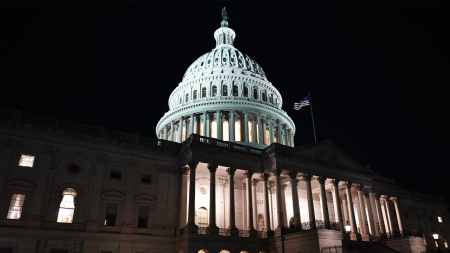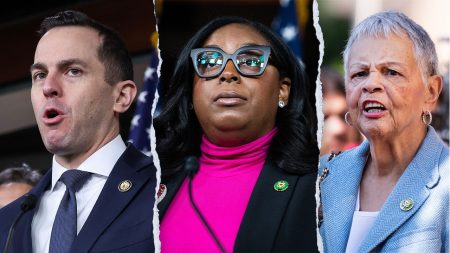The Supreme Court ruled in favor of a man claiming copyright infringement over music that was used in a 2008 track by rapper Flo Rida. The track “In the Ayer” incorporated elements from “Jam the Box,” a song created in the 1980s by Tony Butler, also known as Pretty Tony. Butler’s former partner, Sherman Nealy, filed a lawsuit in 2018 against Warner Chappell Music, Inc., and Artist Publishing Group, claiming he never agreed to license the music and only discovered its use in 2016 due to being in and out of prison.
The 11th US Circuit Court of Appeals allowed Nealy to sue for damages dating back to 2008, despite the three-year statute of limitations in copyright law. Some federal courts have permitted plaintiffs to start the clock on the three-year window from the point they become aware of the infringement, rather than when it occurred. Due to his time in prison, Nealy only became aware of the music’s use years later. The issue for the Supreme Court was how far back a plaintiff can seek damages, with the justices debating whether lawsuits could be allowed more than three years after the alleged infringement in the first place.
Justice Elena Kagan wrote the majority opinion for the 6-3 decision, while Justice Neil Gorsuch penned a dissenting opinion. The case highlighted the complex nature of copyright law and the varying interpretations of how damages can be sought and awarded in cases of infringement. The ruling in favor of Nealy sets a precedent for allowing plaintiffs to potentially seek damages for copyright infringement more than three years after the alleged violation, depending on when they became aware of it, rather than when it occurred.
The decision underscores the importance of understanding the nuances of copyright law, particularly in cases where there may be delays in discovering infringement due to unique circumstances, such as Nealy’s prison sentences. The ruling may impact future copyright cases where plaintiffs seek damages beyond the standard three-year statute of limitations, based on when they became aware of the infringement. The Supreme Court’s decision serves as a reminder of the complexities involved in intellectual property rights and the need for a clear understanding of the legal framework governing copyright protection.
Overall, the case highlights the challenges and complexities that arise in copyright infringement cases, particularly when issues of timing and awareness come into play. The Supreme Court’s ruling in favor of Nealy sets a precedent for allowing plaintiffs to seek damages beyond the standard three-year window, based on when they become aware of the infringement. The decision emphasizes the need for a nuanced understanding of copyright law and its implications for protecting intellectual property rights in cases of alleged infringement.















